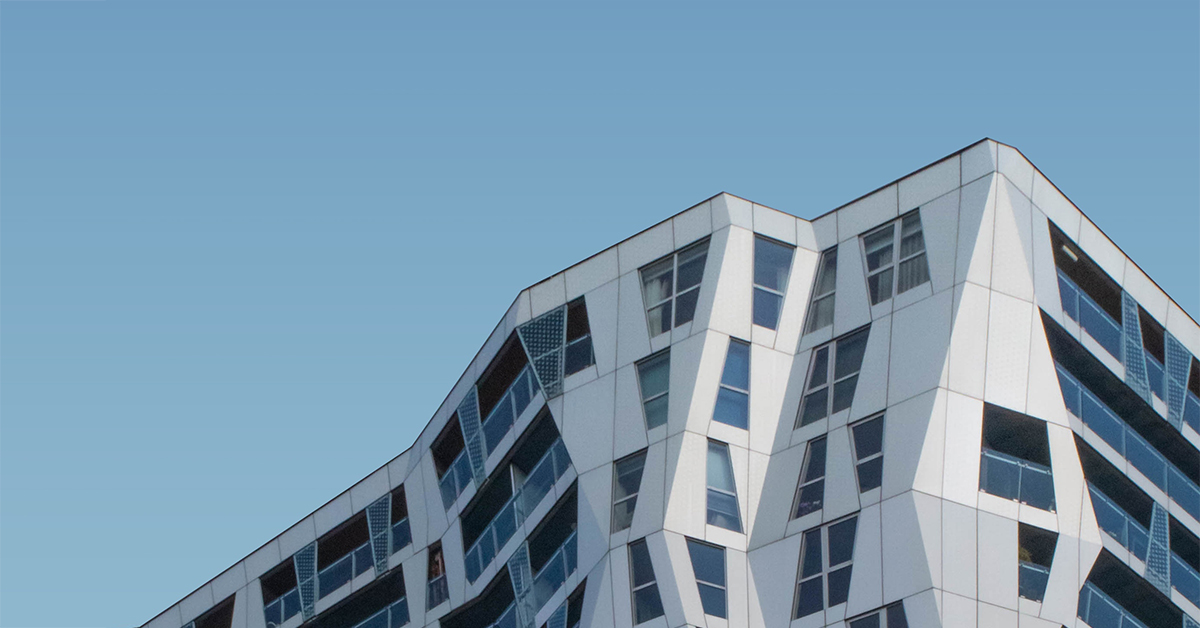Remote work may have been on the rise for the past years, but most people still prefer to do their job in the office. At least that’s what a recent report released by BambooHR says. More precisely, “in 2016, 79% of employees felt they accomplished their best work at the office, yet only 27% favored it.”
Meanwhile, we are witnessing a (r)evolution of the workspace. To fuel idea generation inside the office, an ever growing number of businesses that rely on the intellectual output of their employees are focusing on reshaping the concept. And they seem to have found a means in workplace architecture.

Photo by Victor Garcia on Unsplash
On the other hand, more and more companies are adopting flexible work strategies. So that employees who feel more inspired outside the office can deliver when and from anywhere they want, as effectively as if they were in the office. And that’s where collaboration technology steps in, making work flexibility policies not only possible, but also profitable.
Read this to find out how workspace architecture influences team communication and collaborative technology expands the work environment outside the office walls.
Why and how workspaces should be redesigned
If you look at your office as a box you’re stuck in from 9 to 5 every day of the week, how likely are you think outside of it? Well, if you can only see your office as a box, there’s a slim chance for growing great ideas inside of it.
A rigid workplace which does not encourage team fusion and creativity often turns such endeavors into solitary battles. Surely you can think big on your own. Yet, you can rarely do big things by yourself. It always takes a team.
When the office is not designed and equipped to support team synergy, as great as they might be, personal ideas are more likely to end up ignored, forgotten, stuck in inboxes or on meeting charts.
A case of thought-provoking workspace architecture
Consider The Stata Center at MIT. The main purpose of this extra-ordinary office building designed by Pritzker Prize-winning architect Frank Gehry was fostering the growth of ideas.
Before Stata, MIT scientists, both professors and students often felt burrowed in isolated labs, apartments, and classrooms. More precisely, there were seven departments that would never talk to each other. So, the architect came up with the idea of a mixing chamber, where people would naturally bump into one another, get together, synergize, and make things happen.
He also turned MIT’s Infinite Corridor into The Student Street – a very dynamic indoor walkway with a twisting course that crosses Stata’s ground floor. Apparently, the Student Street is where everything happens. People are constantly on the go, grabbing a sandwich or a cappuccino, brainstorming a problem, heading for the gym or the lecture halls, etc.
It gets even most interesting. At some point, Gehry felt that his buildings looked more impressive while under construction than when they were finished. So, he decided to give a finished building a feeling of being something ongoing. Consequently, The Stata Center doesn’t quite look finished for this exact reason. To reflect and inspire the process it contains – science under development, continuous learning, progress.
Stata is just one of the latest cases of workplace architecture that can truly be thought-provoking. The reflection of the movement metaphor in the architectural plan gets naturally transferred into people’s dynamics. Flux leads to change and change builds evolution.
Workplace architecture & the three Es of communication
The modern workspace is not only about fueling great ideas. It’s also about promoting effective communication.
In “The New Science of Building Great Teams“, Alex “Sandy” Pentland identified three key elements of successful communication:
- Exploration – interacting with people in many other social groups
- Engagement – interacting with people within your social group, in reasonably equal doses
- Energy – interacting with more people overall
When the office space favors these three contexts, work dynamics changes naturally. People collide more often, collisions nurture interactions, information flows at a faster pace. More collisions eventually lead to positive outcomes. Nevermind their content or shape. Improvement follows anyhow, as frequent collisions help people form a habit for sharing and listening. And what are these, if not the foundation of sound team communication, hence increased productivity?
Working outside the “box” with collaboration technology
Some employees feel more creative outside the office and would rather work from elsewhere – it’s a fact. According to the above-mentioned study, apart from the office building and informal office locations like the fun room, water cooler, a couch, etc., some people experience creativity spikes while:
- at home, but not working
- commuting
- working from home
- engaged in strenuous physical activity, such as running, while at the gym, doing yoga, or playing a competitive sport
So, how does the modern workspace ensure their need for exploration, engagement, and energy when they’re not even sharing the office with their team? Collaboration technology is one proven way.
Collaboration technology breaks the office walls and brings the team to their device. It makes room for creative and productive collisions. It keeps teams on the same page.
If people feel more inspired while moving, collaboration technology enables the office/the team to move along with them. For example, an instant collaboration tool like Hubgets relies on team-oriented features to help people explore and circulate first-hand information. They engage with the team and feel energized by it, regardless of their location. You can think of Hubgets as a vehicle for instant feedback and knowledge transfer. Remote team members can instantly share their ideas as if they were in the office via chat with file transfer and screen sharing, voice, and video.
In short, while workspace architecture moves teams towards great ideas, collaboration technology rapidly conveys great ideas across teams, supporting effective communication and building teamwork regardless of space and distance. Furthermore, it turns work flexibility into a beneficial reality for both employers and employees.
Post A Reply